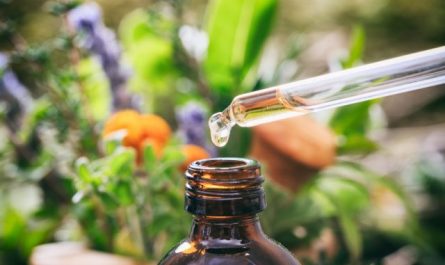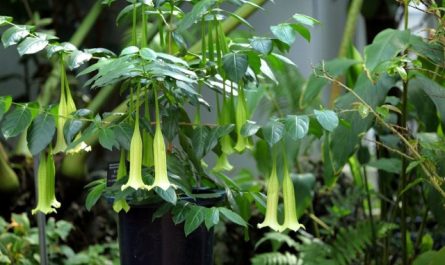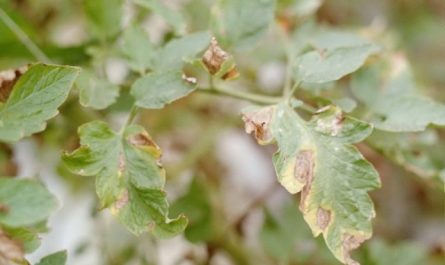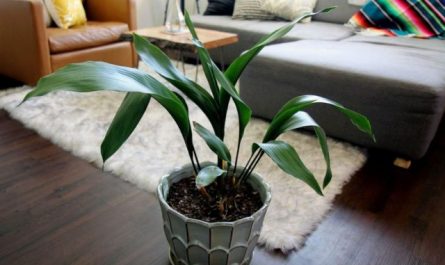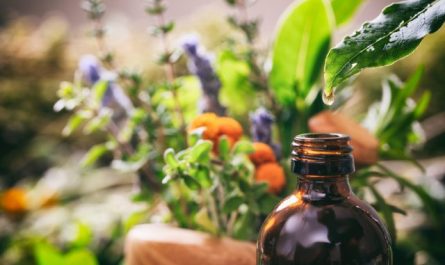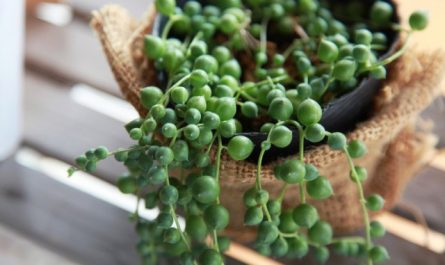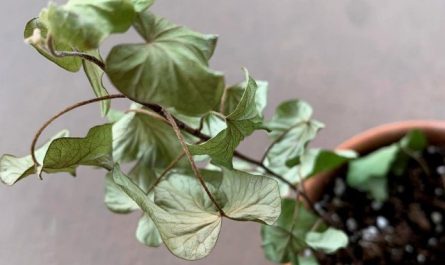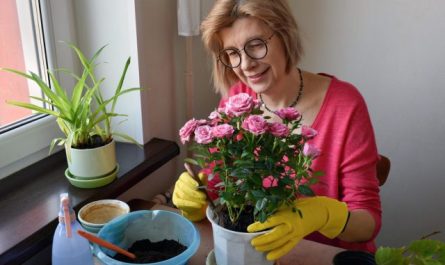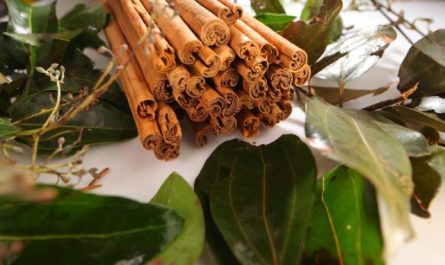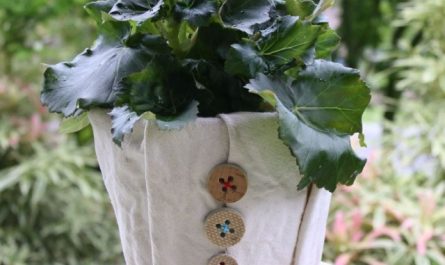Few bulbous plants can boast such popularity as hippeastrum. It has become so widespread in indoor culture that it has entered the list of “golden classics”. But the choice is not limited to hippeastrum, and in terms of more interesting forms, colors, elegance and endurance, it has many competitors. Exotic or rare bulbous plants that have changed their garden culture for indoor format can offer considerable variety.

Relatives-competitors of beloved hippeastrums
Bulbous plants are universal favorites both in gardens and in indoor culture. No other indoor plant can compete with their flowering. And their beauty (sometimes graceful and delicate, sometimes large and bright flowers and inflorescences) more than compensates for any difficulties in ensuring their dormant period. And although bulbous indoor stars are far from being leaders in capriciousness, they are definitely inimitable as seasonal accents. And if earlier the assortment of bulbous plants was limited to hippeastrums and spring primroses, today there is plenty to choose from. Bulbous stars with a completely different character are replacing the boring, but still classics.
Hippeastrums have almost completely displaced the original ones from our windowsills amaryllis. And only now these plants are regaining their former glory. Delicate pink, collected in inflorescences up to 1 m high, charmingly fragrant, amaryllises seem romantic and tender. But the range of crops capable of competing with the main favorites among bulbous plants is not limited to them. Dazzling gramophones Wallots, although they don’t last long, they captivate with their bright colors and the beauty of their structure.
Winter Torches veltheimii, somewhat reminiscent of kniphofia, seem so unexpectedly bright in rooms that it is literally impossible to take your eyes off them. Flowering haemanthus, or deer tongue, can compete even with decorative onions, and the graceful white-flowered hymenocallis will enchant anyone with its narrow, intricately twisted perianth petals around the central “bell”. The curves and unusual shape of the Nerine.
А Zefirantes not only tirelessly releases new large flowers, justifying its nickname of “upstart” with its swiftness, but also forms beautiful foliage. Only ipheion. And these are not all the potential competitors of hippeastrum: the long-lived pancratium, and touching milkweed, and abundantly flowering Sternbergia, and the legendary Amazon lily euharisand krinum – an unpretentious giant, and lachenalia – a bright and completely different from the bulbous star… They are all waiting for someone to pay attention to them.
Of course, when choosing something new from among the bulbous indoor plants, one should not forget about the hippeastrums themselves. They are so beautiful and variable that no plant will be able to outshine them. And other bulbous plants are not intended to replace or displace them – but only to complement the palette of flowering plants and shade the beauty of the hippeastrums, offering unique accents for different seasons and different moods.

Bulbous plants are often perceived as seasonal spring touches, living bouquets that compensate for the grayness outside the window and bring long-awaited flowering. And for many, the concept of a bulbous indoor flower is associated with winter holidays: after all, it is during them that magnificent hippeastrums most often bloom. But in fact, there is a bulbous star for almost any season.
The choice of species that bloom when the garden parade of perennials and annuals dies down is especially rich – in autumn, winter and early spring. From the September blooming of nerine to the autumn show of pancratium, lachenalia competing with hippeastrum, summer genuine amaryllis and eucharis, challenging the snowdrifts outside the window – the range of indoor bulbous plants is truly very representative and far from boring.
Let’s get acquainted with five favorites that will look no worse in any interior than even the most exclusive varieties of hippeastrum. These real stars are not the easiest to grow, but they are definitely inimitable plants.
